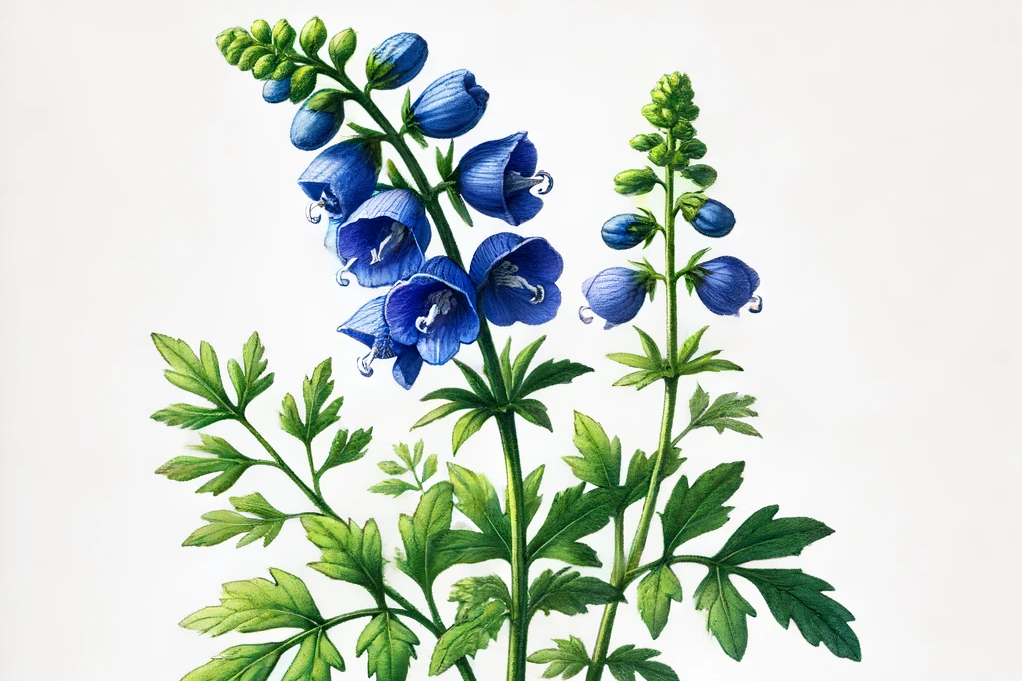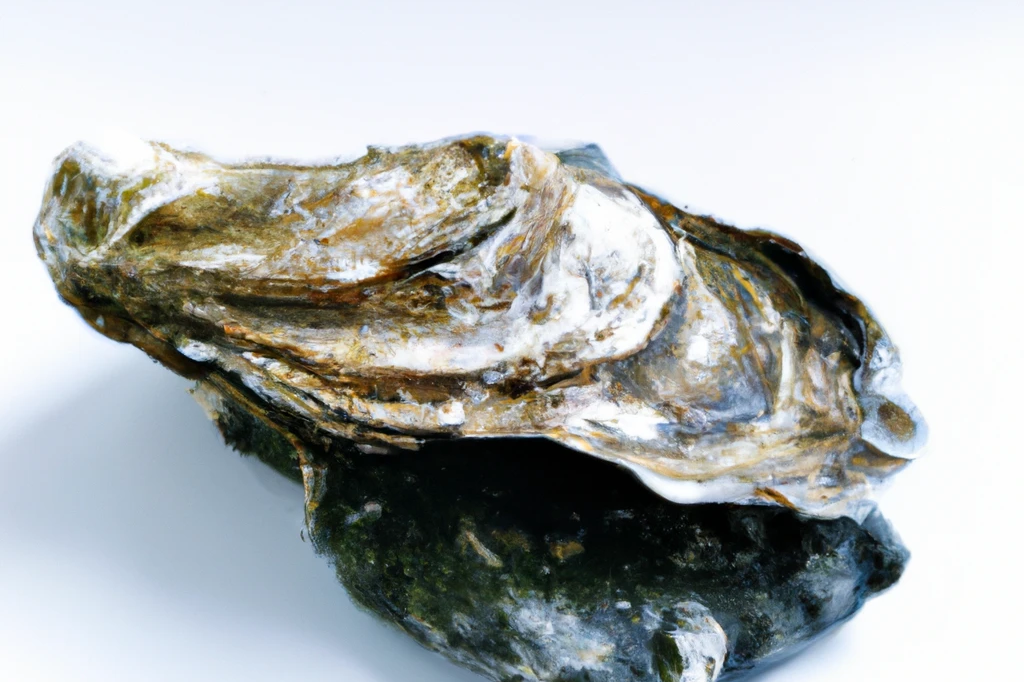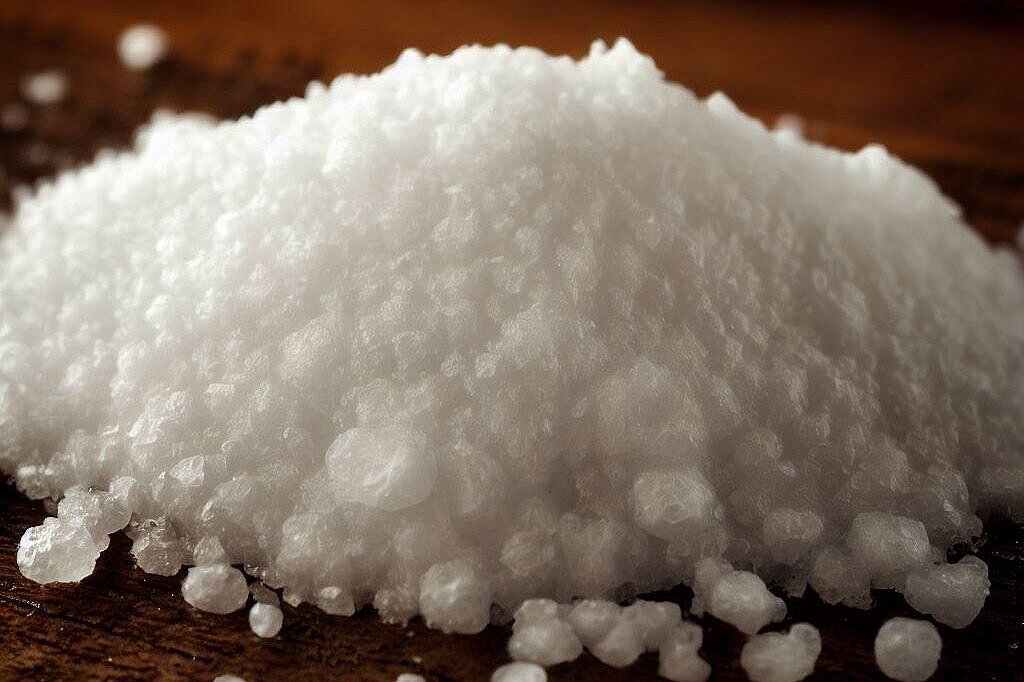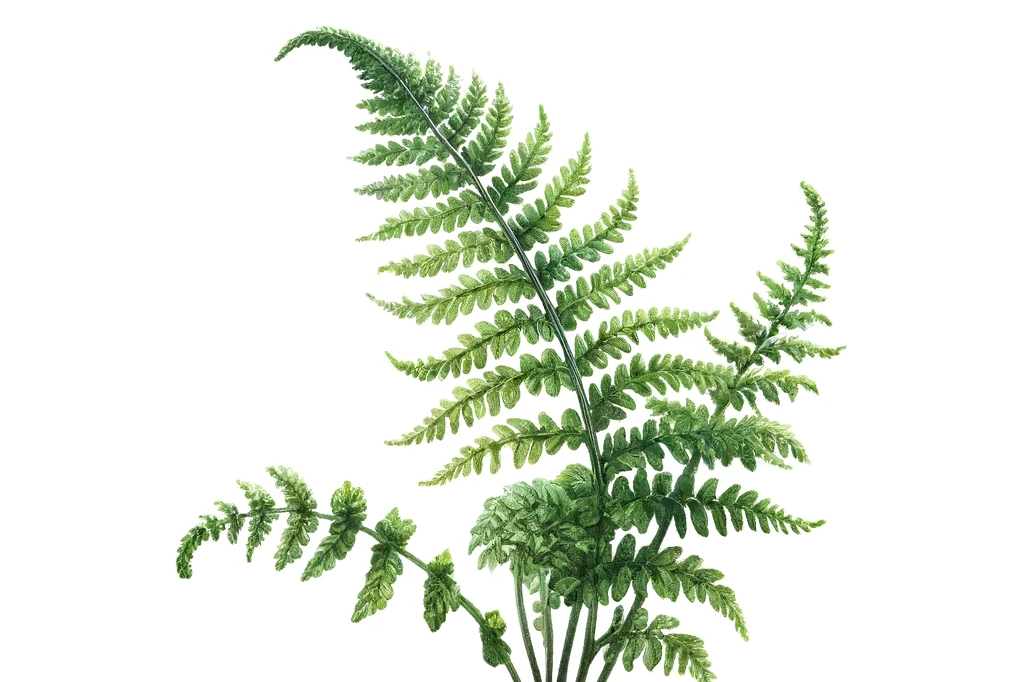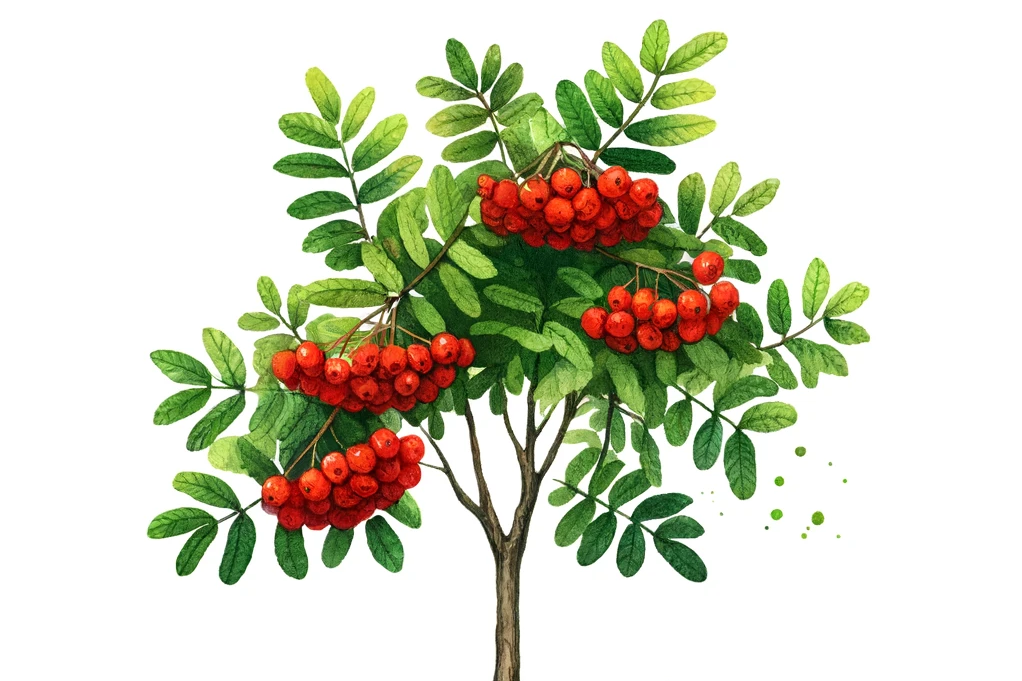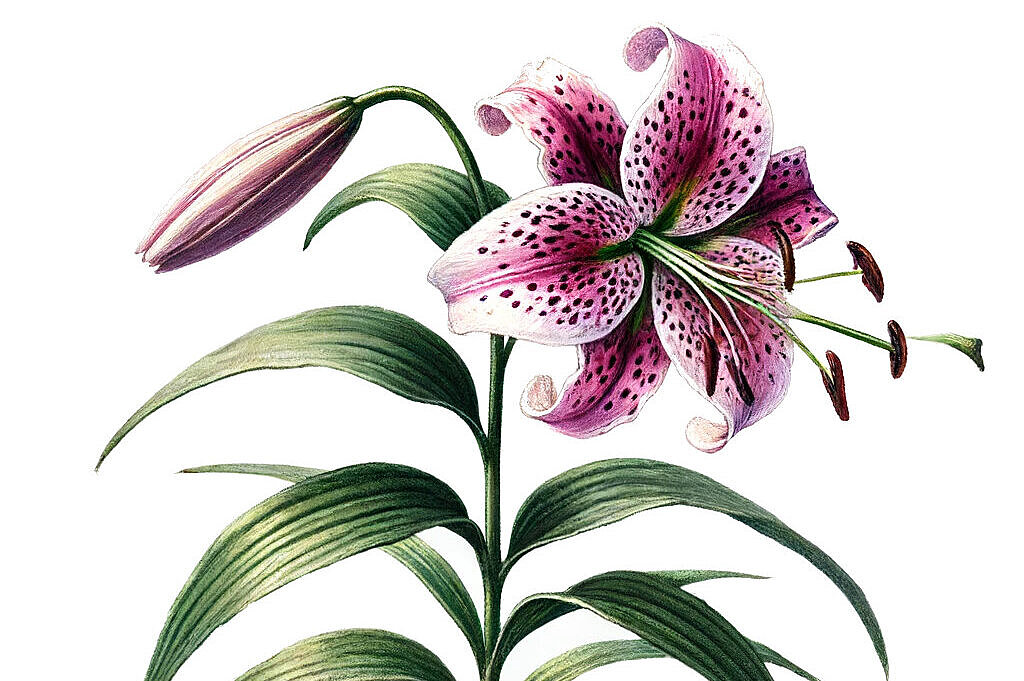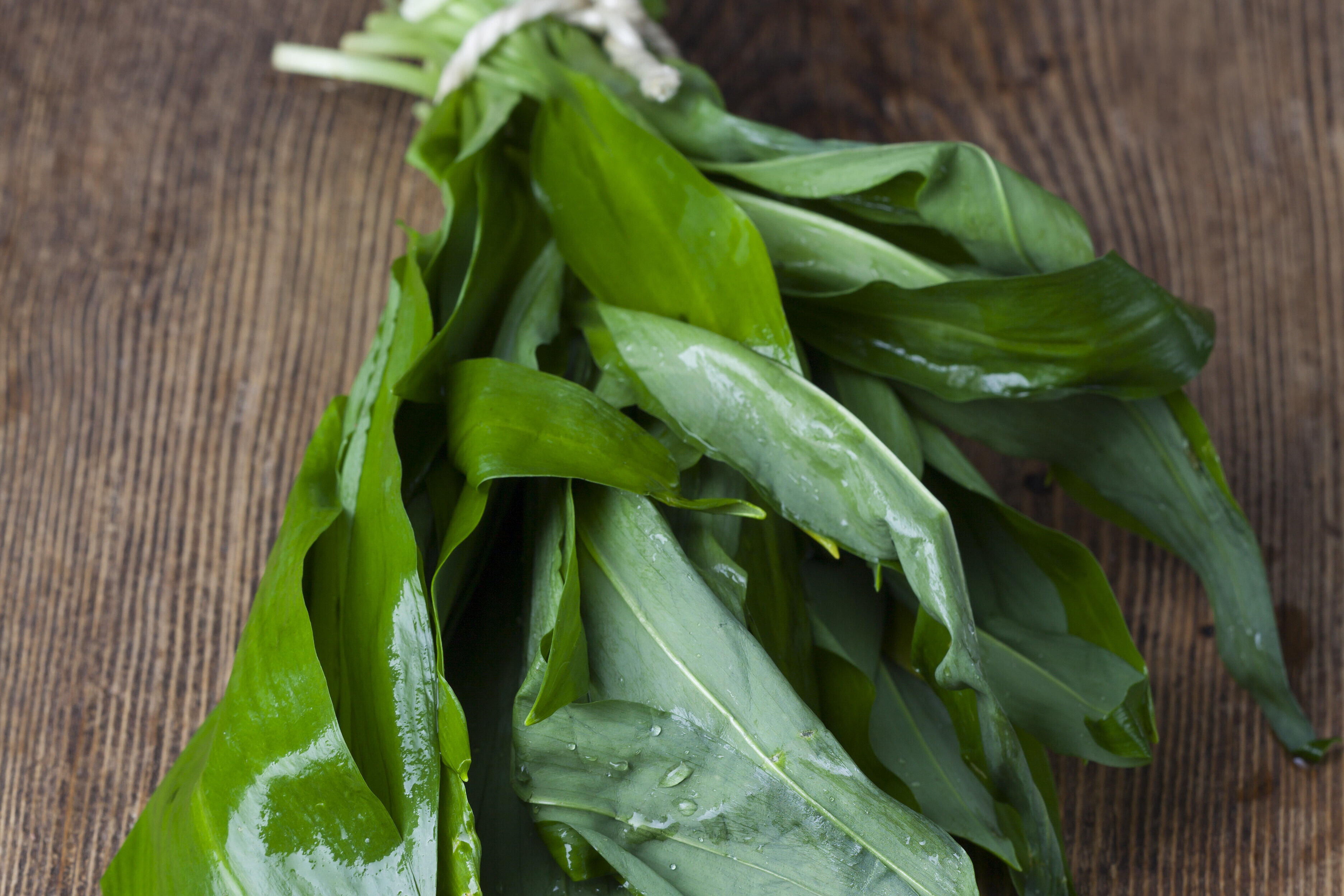Potential source of danger
When an ingredient in dog food is referred to as a "potential source of danger", this means that this ingredient could be harmful or even dangerous for your dog under certain circumstances. There can be various reasons for this:
- Toxicity: some ingredients can be toxic to dogs, even if they are safe for humans. For example, chocolate and xylitol (a sweetener) are toxic to dogs.
- Allergies or intolerances: Some dogs may be allergic to certain ingredients or not tolerate them well. This can range from mild digestive problems to severe allergic reactions.
- Unsuitable composition: Certain nutrient ratios that are healthy for humans may be unsuitable for dogs. For example, dogs require a different ratio of proteins, fats and carbohydrates.
- Health risks if the dosage is too high: Even ingredients that are generally safe can be problematic in excessive quantities. For example, an excessive intake of certain vitamins or minerals can lead to health problems.
Poison control
May interact with medications
Plant
Ornamental plant
Feeding toxic
Highly toxic
Can cause cardiac arrhythmia
Can cause digestive problems
Not suitable for consumption by dogs
Potential source of danger
Monkshood
Rich in minerals
Fish & Seafood
Animal product
Processed food
Potential source of danger
Oyster shell
Intended for human consumption
Contains sugar
Fruit
Good for the teeth
Safe feeding
Tolerated in small quantities
Potential source of danger
Pineapple chips
Chemistry
can have effects on the nervous system
Emergency medicine
Feeding toxic
Feeding not recommended
Highly toxic
Potential source of danger
Prussic acid
Plant
Feeding toxic
Feeding not recommended
Potential source of danger
Pteridium aquilinum
May have antibacterial properties
May have antioxidant properties
Chemistry
May have anti-inflammatory properties
Can support skin and coat health
May interact with medications
Not suitable for consumption by dogs
Potential source of danger
Pyrocatechin
Natural source of antioxidants
Natural source of phytochemicals
Berry
Poison control
Source of vitamin C
Plant
Tree
Medicinal plant
Ornamental plant
Rich in flavonoids
Feeding toxic
Not suitable for consumption by dogs
Potential source of danger
Rowan berry
Chemistry
Not suitable for consumption by dogs
Potential source of danger
Stain
Poison control
Plant
Ornamental plant
Feeding toxic
Highly toxic
Potential source of danger
Turkish League
Essence
Medicine
Calming effect
Naturopathy
Topical application
conditionally compatible
Potential source of danger
Valerian essence
Can have an appetizing effect
Stimulating
Calming effect
Reduces drive behavior
Supports digestion
conditionally compatible
Tolerated in small quantities
Potential source of danger
Valerian root
Can have an appetizing effect
Calming effect
Reduces drive behavior
Supports digestion
Tolerated in small quantities
Potential source of danger
Valerian tea
Natural source of antioxidants
Poison control
May have anti-inflammatory properties
Traditional use in phytotherapy
Plant
Medicinal plant
Ornamental plant
Not suitable for consumption by dogs
Potential source of danger
Potential allergy trigger
Variegated balsam
Natural source of phytochemicals
Supports digestion
Plant
Underwater plant
Ornamental plant
conditionally compatible
Feeding toxic
Potential source of danger
Water hyacinths
Plant
Garden plant
Spice plant
Medicinal plant
Herb
conditionally compatible
Feeding not recommended
Potential source of danger
Wild garlic
Garden plant
Feeding toxic
Highly toxic
Not suitable for consumption by dogs
Potential source of danger
Wisteria